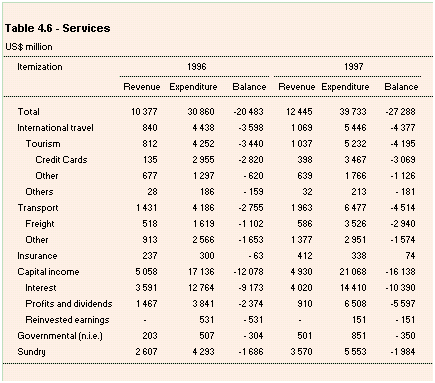Brady Bonds
Brady Bonds are denominated in U.S. dollar bonds, which were emitted mainly by Latin American debtor countries in the 1980s. Your name is derived from the former U.S. Treasury Secretary Nicholas F. Brady. The overall concept is called Brady Plan.
History
After many, particularly Latin American developing countries could in the 1980s their foreign debts no longer operate (see Latin American debt crisis ) was created in March 1989, the instrument of Brady bonds, for these loans, debt (some with a discount; see type ) to convert into tradable bonds (so-called securitization), which in turn generally - were collateralized by U.S. Treasury zero - coupon bonds ( ie without coupon ) - though not always. The acquisition of these zero-coupon bonds by the respective debtor countries was carried out using funds from the International Monetary Fund, the World Bank and from its own foreign exchange reserves of the country. Through this securitization of the Bonds repayment of principal and partly of interest on the Brady Bonds was at least guaranteed. The Brady bonds themselves had, however, a separate coupon with various interest rate options ( fixed rate, variable rate, step-up, etc.) and a duration of between 10 and 30 years.
At that time, the market for government debt (sovereign debt) was still relatively small and illiquid. The standardization of emerging-market debt facilitated the determination of the risk premium (risk spreads) and trade ( trading) of the bonds. Because now the Brady Bonds were traded and equipped with a certain collateral, they were of value for creditors (especially commercial banks) than the original debt. By the tradability of the banks were able to figure out the debt from their balance sheets (if necessary by sale ) and thus reduce the concentration of risk in these markets.
The following countries participated in the first round of the Brady bond issue:
- Argentina
- Brazil
- Bulgaria
- Costa Rica
- Dominican Republic
- Ecuador
- Mexico
- Morocco
- Nigeria
- The Philippines
- Poland
- Uruguay.
Types
There are two main types of Brady Bonds:
- Par bonds: these were issued to the same nominal amount as the original loan, but the coupon rate on these bonds was below the market rate; this capital requirement and interest payments were usually guaranteed.
- Discount bonds: these were at a discount ( discount ) issued to the original loan amount, but the coupon had a market interest rate on; this capital requirement and interest payments were usually guaranteed.
There is a discount ( haircut ) was granted so these forms of Brady Bonds in any form by the creditor, be it through a discount to the nominal value or by a lower interest rate.
Other less common types were: front-loaded interest- reduction bonds ( FLIRB ), new -money bonds, debt -conversion bonds (DCB ), and past-due interest bonds ( PDI).
Current status
Although the Brady Bond restructuring process was completed in the 1990s, many innovations that were introduced herewith (eg "stepped " coupons or perfume or discount options) was also used later in other restructuring negotiations by sovereign debt, so eg in Russia or Ecuador. Here, Ecuador was the first country in 1999, which in turn could no longer operate the actual Brady Bonds. Mexico, however, 2003 was the first country that had its Brady bond debt fully repaid.









